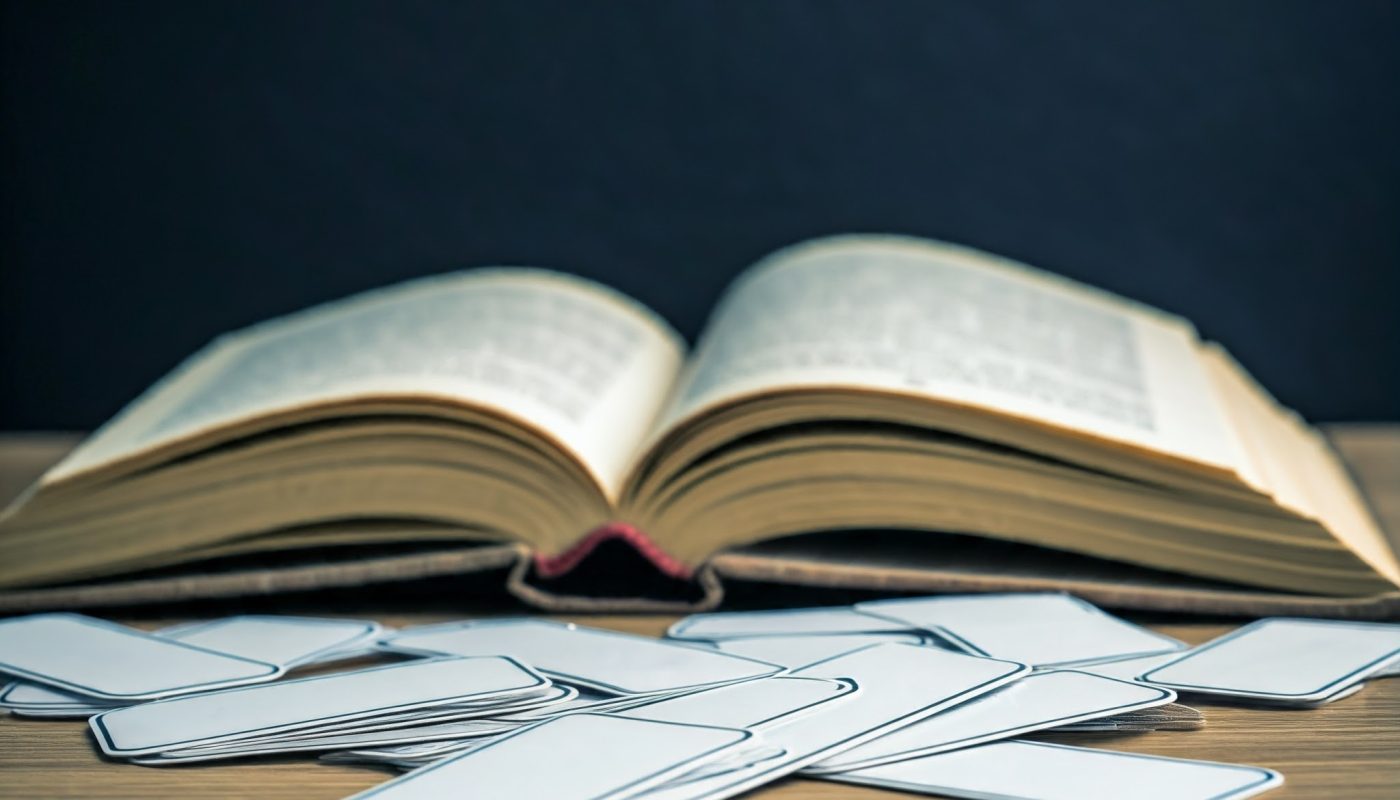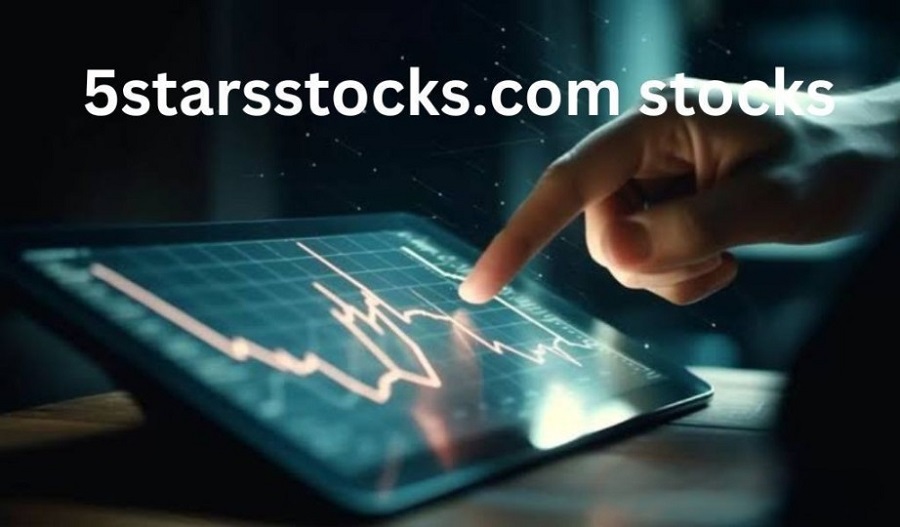
Studying efficiently can be a challenging task for many students. One of the best tools to help with retention and recall is flashcards. Flashcards are a proven method that allows learners to break down complex topics into digestible pieces of information. This guide will teach you everything you need to know to become an expert at using flashcard strategies to raise your academic standing. read more: Forceps Types
Table of Contents
What Are Flashcards?
Flashcards are small cards used as a study aid. Typically, they have a question or term on one side and the corresponding answer or explanation on the other. Flashcards help with active recall, which is essential for memory retention.
They are commonly used for studying vocabulary, dates, formulas, definitions, and other essential facts.
The Benefits of Using Flashcards
Flashcards offer numerous advantages when it comes to studying. Here are a few key benefits:
| Benefit |
Description |
|---|---|
| Active Recall | By making the brain actively retrieve information, it strengthens memory. |
| Spaced Repetition | Supports long-term retention by reviewing the material at increasing intervals. |
| Portability | Flashcards are easy to carry around, allowing for on-the-go learning. |
| Customization | Will be personalized to fit any subject, learning style, or focus area. |
| Quick Review | Perfect for short, efficient study sessions. |
How to Create Effective Flashcards
Creating flashcards that truly enhance your learning process requires some key strategies:
- Focus on Key Concepts: Don’t overload your cards with information. Aim for concise, to-the-point content.
- Use Questions and Answers: Write questions on one side of the flashcard and answers on the other. This helps to engage active recall.
- Utilize Images: Visual learners can benefit from adding images or diagrams to flashcards. It makes the information more memorable.
- Color-Coding: Use different colored cards or markers to organize subjects or topics visually.
- Handwriting vs. Typing: Studies show that handwriting flashcards can improve memory retention compared to typing them.
Example Flashcard Layout
| Side 1 |
Side 2 |
|---|---|
| What is the capital of France? | Paris |
| Define Photosynthesis | The process by which plants convert sunlight into energy. |
Best Practices for Studying with Flashcards
Once you’ve created your flashcards, it’s time to put them to good use. Here are some tips to maximize your learning:
- Employ Spaced Repetition: Spread out your review of the flashcards over time rather than cramming everything at once. The Leitner System is a popular method for spaced repetition.
- Shuffle Your Cards: Don’t study in the same order each time. Shuffling helps prevent the development of patterns and ensures that you’re truly learning the content.
- Say the Answers Out Loud: Speaking your answers can improve retention compared to reading silently.
- Use Both Sides: Test yourself both ways—look at the question and try to answer, then look at the answer and recall the question.
- Take Breaks: Don’t study for long periods without breaks. Short, focused sessions work better for memory retention.
Spaced Repetition Example (Leitner System):
| Box |
Review Frequency |
| Box 1 | Every day |
| Box 2 | Every 2 days |
| Box 3 | Every 4 days |
| Box 4 | Once a week |
Flashcard Apps vs. Traditional Flashcards
Flashcard apps like Anki, Quizlet, and Brainscape offer digital versions of flashcards with additional features such as pre-made decks, spaced repetition algorithms, and multimedia integration. But how do they compare to traditional paper flashcards?
| Feature |
Traditional Flashcards | Flashcard Apps |
|---|---|---|
| Customization | Handwritten, personal touch | Easily customizable with multimedia |
| Spaced Repetition | Manual tracking | Automated algorithms for review |
| Portability | Physical cards, limited space | Available on phone/tablet, unlimited cards |
| Visual Appeal | Can be designed manually | Offers built-in images and diagrams |
| Cost | Inexpensive | Many free options, but premium versions are available |
While digital apps provide more convenience and features, traditional flashcards have the advantage of tactile learning, which can help improve memory.
Common Mistakes When Using Flashcards
Flashcards are only effective if used correctly. Avoid these common mistakes:
- Cramming: Flashcards are most effective with spaced repeat, not last-minute cramming.
- Overloading Cards: Too much information on a single card can make it hard to remember.
- Not Testing Both Ways: Always test yourself by both asking questions and recalling answers.
- Analyzing What You Already Know: It is simple to focus on what you already know but consider the cards you use more carefully.
FAQs
How many flashcards should I study in one session?
The ideal number depends on your focus, but try to limit sessions to 20-30 cards at a time to avoid burnout.
How often should I review my flashcards?
Use the spaced repetition technique. Review cards frequently at first, then gradually increase intervals between sessions.
Can I use flashcards for all subjects?
Yes, flashcards work for a variety of subjects, but they’re especially effective for memorization-heavy topics like vocabulary, history dates, and formulas.
Is there a best time to study flashcards?
Studying flashcards in the morning and just before bed can enhance retention due to the brain’s memory processing during sleep.
Final Thoughts
Flashcards are a powerful tool for mastering your studies. You can significantly improve your ability to retain and recall information using spaced repetition, active recall, and appropriate card creation. Whether you prefer traditional flashcards or digital apps, mastering this study method will improve your academic performance and help you ace exams.
People Also Ask
1. How do flashcards improve memory?
Flashcards promote active recall and spaced repetition, enhancing memory pathways by repeatedly forcing the brain to retrieve information.
2. Are handwritten flashcards better than digital ones?
Handwritten flashcards can be more beneficial for some learners as writing engages the brain more deeply, though digital flashcards offer convenience and automated features.
3. How long should I spend on each flashcard?
Spend about 10–15 seconds on each flashcard. If you can’t recall the answer, move it to the “review later” pile and revisit it multiple times.
4. Should I make my flashcards or use pre-made ones?
Making your flashcards is more effective because creating them helps solidify information. However, pre-made flashcards are useful for saving time or reviewing common subjects.



